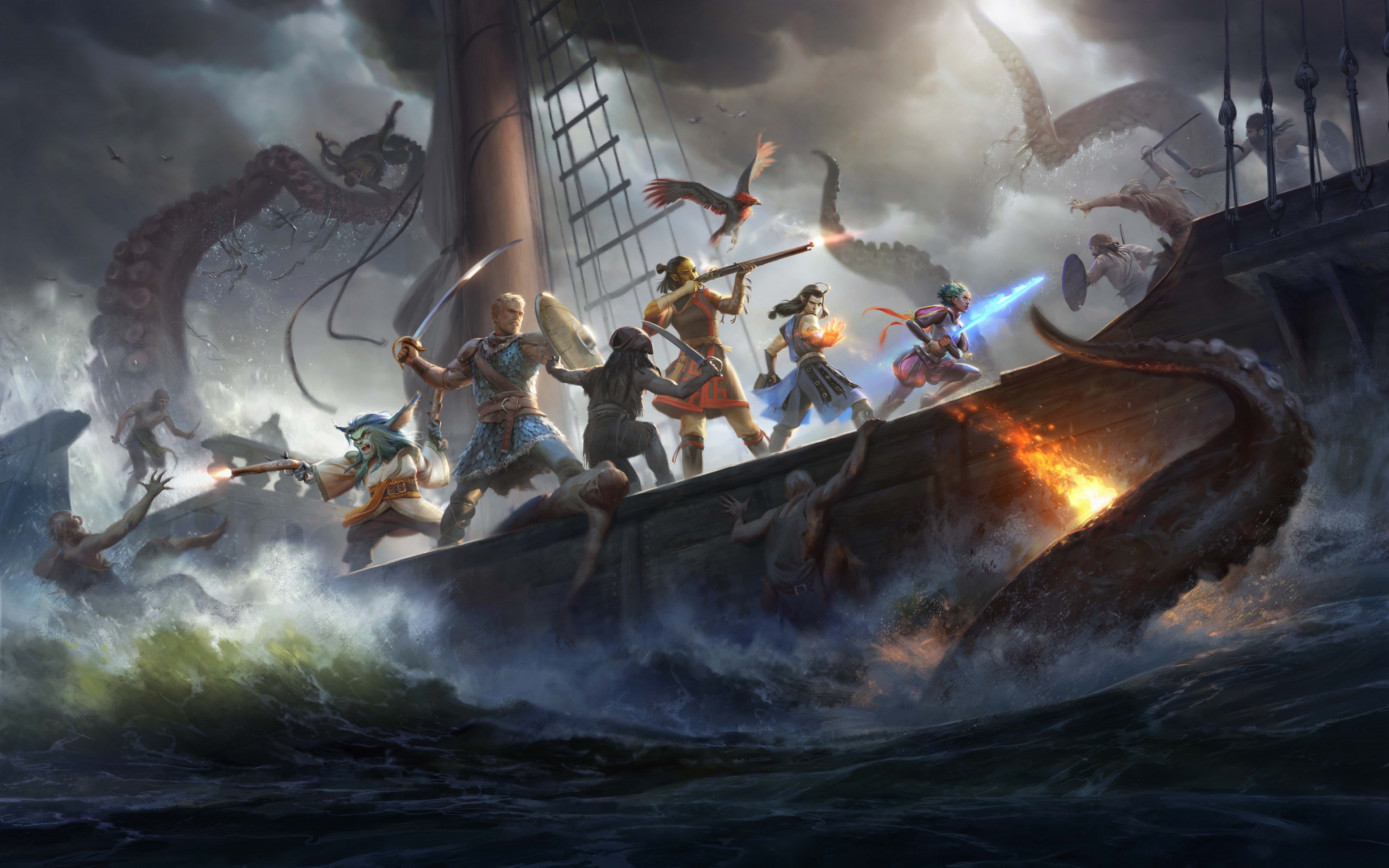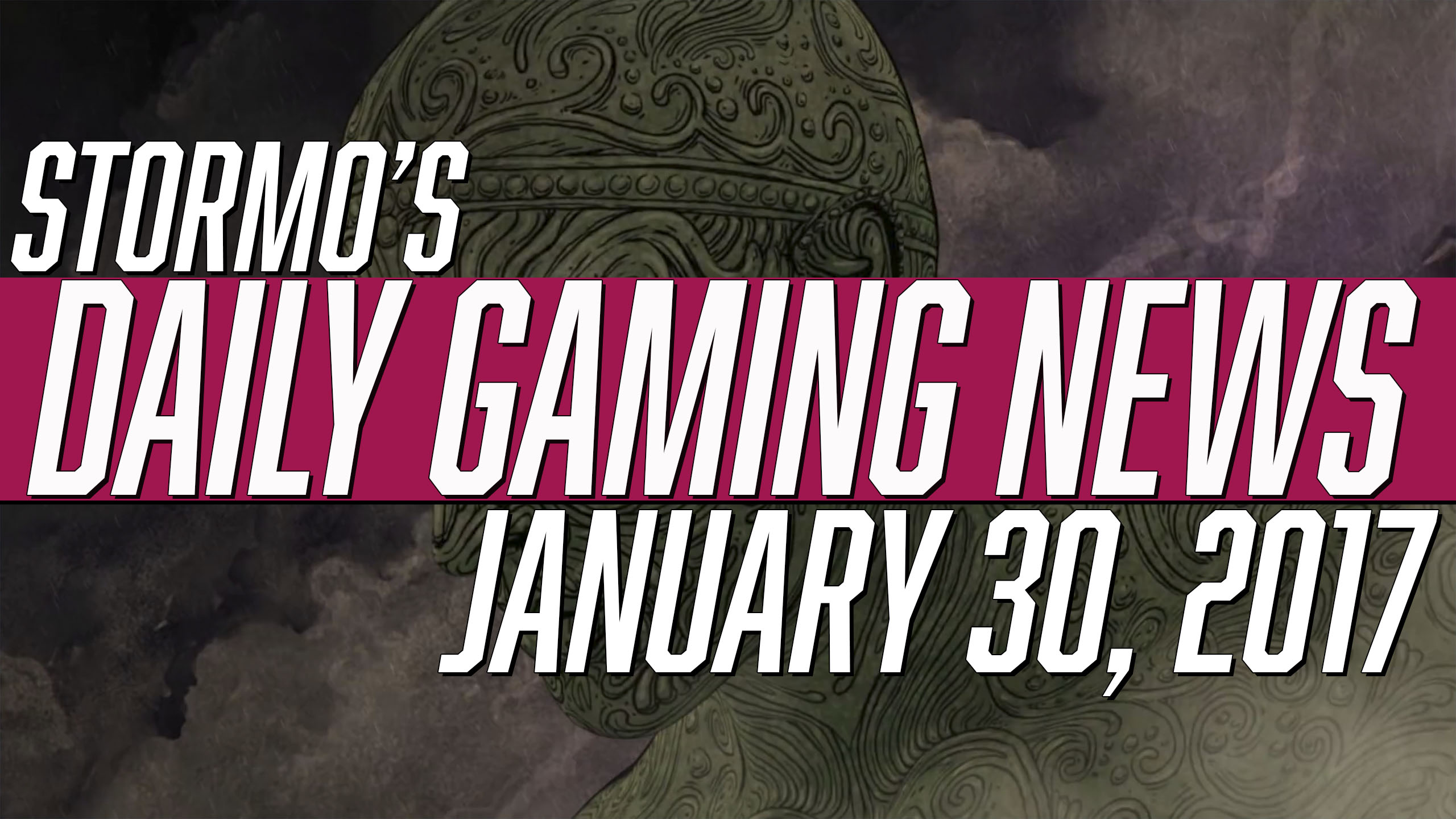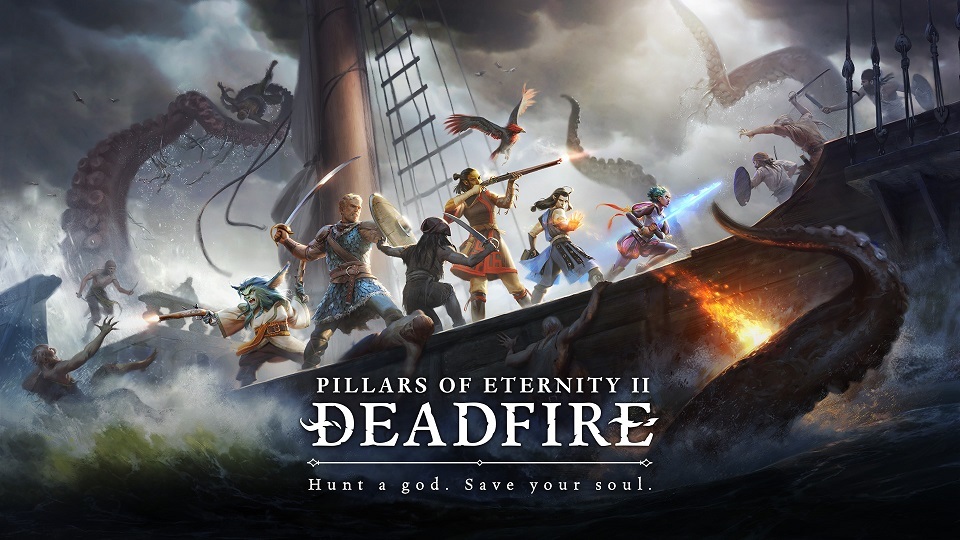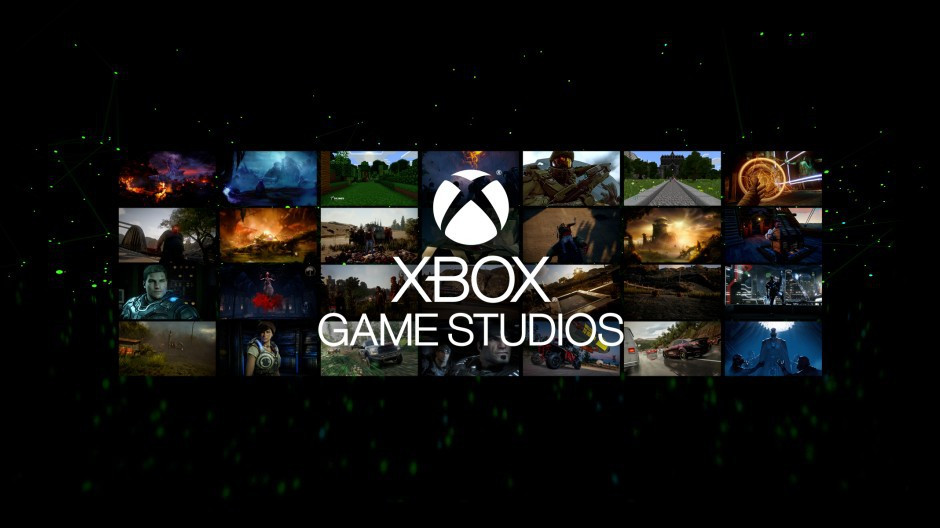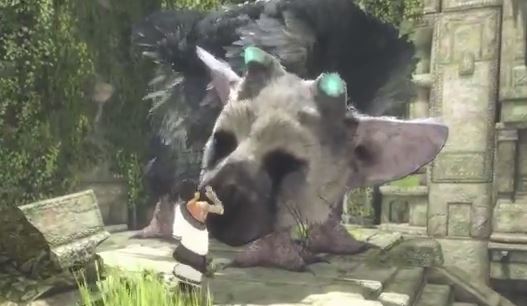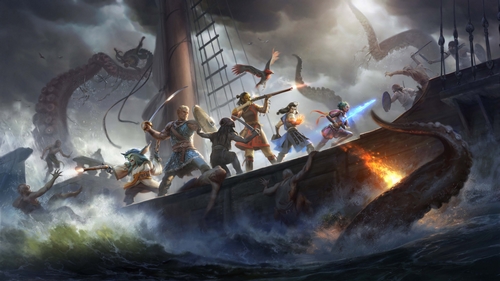
Full disclosure: I didn’t play Obsidian Entertainment’s original Pillars of Eternity which was released in 2015 on PC and Mac OS, then later in 2017 for consoles. Admittedly going into a demo of its sequel, Pillars of Eternity II: Deadfire, it felt a little daunting. Not due to any fault of the game itself, but because there is this rich world full of carefully crafted lore that I had suddenly been placed into.
Like its predecessor, Pillars of Eternity II: Deadfire is a very text-heavy game that may alienate some players. At the same time though, this is where the game shines through by offering extra insight into what would otherwise be a dull encounter. For example, when talking to NPCs you can choose different dialog options and will get different reactions. The game mentions that the character “smiles with relief” or that they “glance over with a worried look on their face”. It adds depth to character personality, and acts like a novel giving you almost unrivaled detail.

Even one-off scenarios play out similarly, such as when I was attempting to acquire a bag of treasure hidden in a well. Instead of physically carrying out this action on screen, the game gave me text prompts and I would read how it played out for my avatar. I told my avatar to throw a stone into the fell, with the text mentioning a few seconds later a splash was heard. Then came the task of climbing down using a rope and deciding if I should swing to reach the treasure or not risk my avatar’s safety. While this has been done in videogames in the past, it’s nice to see a fresh take on this style of gameplay.
Given Pillars of Eternity II: Deadfire is a game intended to be played for dozens if not hundreds of hours, I couldn’t quite wrap my head around the overarching story in a few short hours. From what I could gather the player explores the Deadfire Archipelago, a set of volcanic islands in the Eastern Reach of the “known world”. Here you will encounter the local tribes and assist with their needs. There are of course of lot more side stories to uncover, so exploration is greatly encouraged.
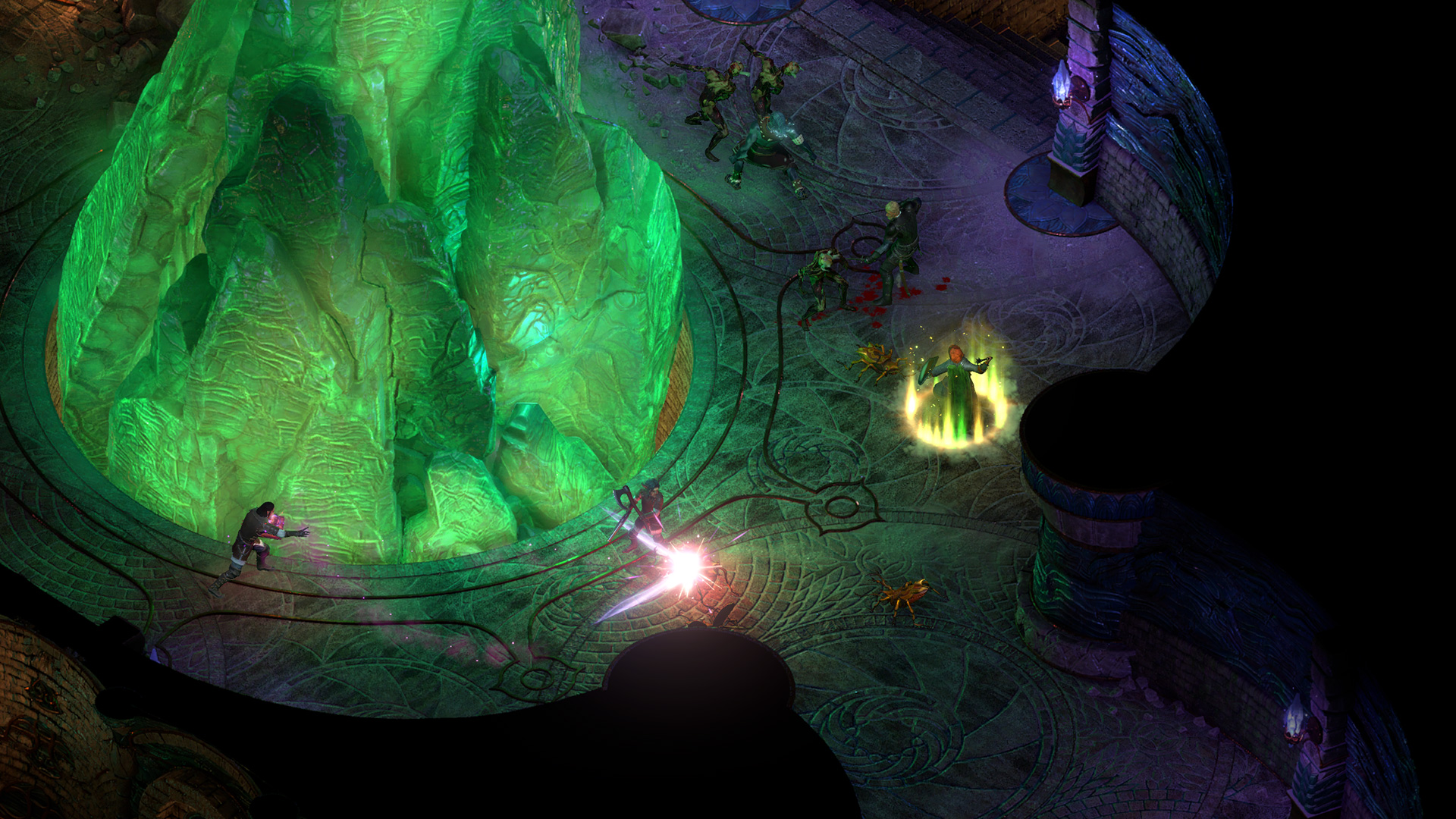
A new feature of the game is the ability to sail the surrounding islands. Navigation is a simple point-and-click affair, though you will also have to micromanage crew members and supplies between ports. This forces the player to use caution when traveling – do you have enough supplies to go searching for a new island? What’s the quickest way to reach this area? It offers a new dynamic which many games don’t often tred into.
Given I haven’t played the series before, I did struggle to come to terms with the game’s real-time-with-pause combat system. When encountering enemies, by default the game will pause and give you time to plan out your attack by issuing orders to individual party members. You do however have the option to turn this off, letting the AI take command and approach the scenario accordingly with as much or little input from yourself. There is a lot of depth at play here and it’s almost a shame I was limited to a few hours to toy with it. It’s easy to see fans strategically developing party member abilities to suit all types of battles and scenarios.
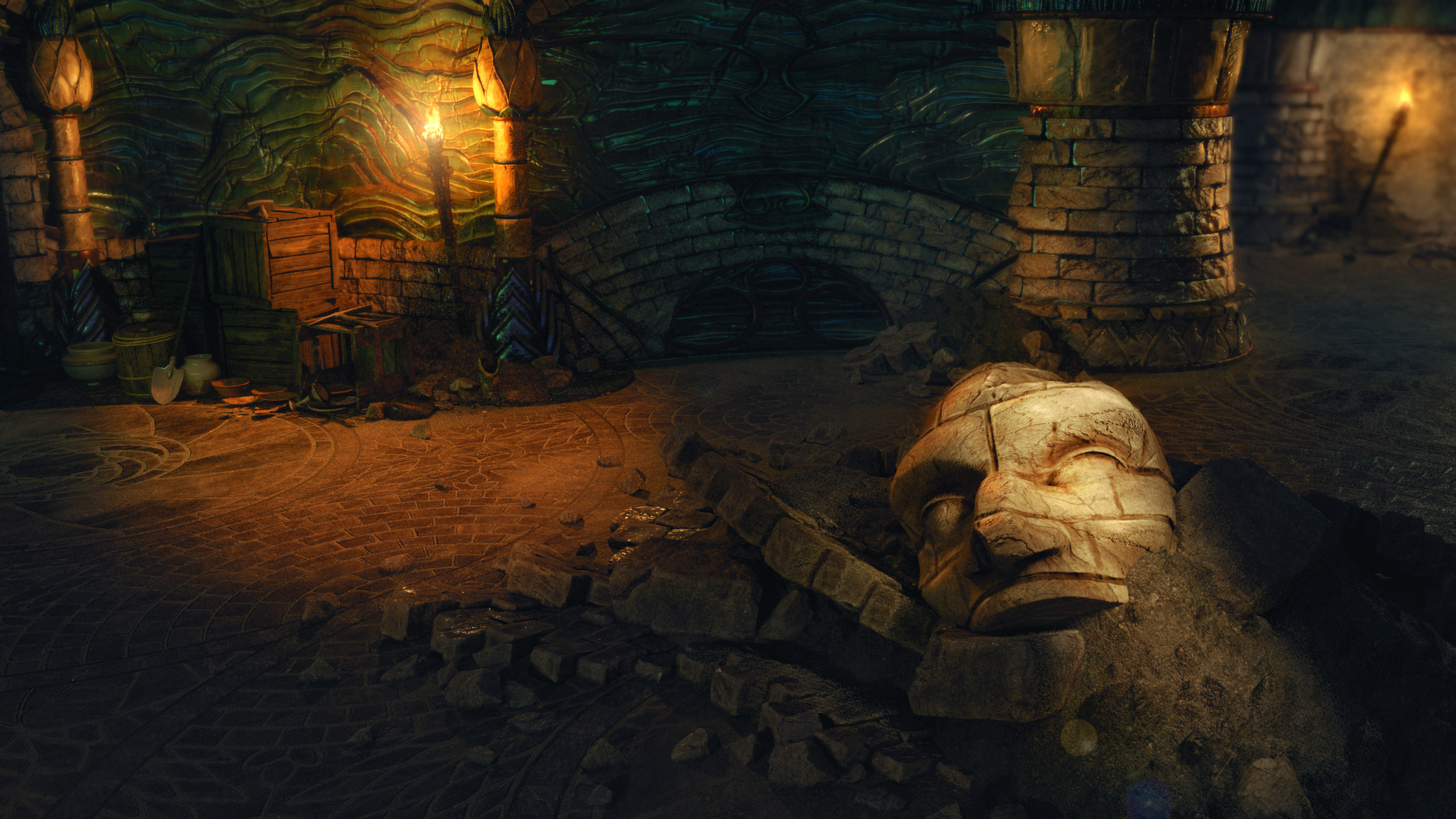
While the visuals are fairly average as a whole, environments do feature some beautiful effects. These include water glistening in the sunlight, waves swirling in the wind and rocking your ship back and forth, as well as a day/night cycle and dynamic weather. Despite being relatively minor, the effects go a long way in bringing the world to life.
Pillars of Eternity II: Deadfire is shaping up to be a wonderful RPG for fans of the original or those that like text-heavy adventures. It’s easy to see players getting lost into hours of story driven content and tactical combat. The game is due for release on 3 April 2018 on PC and Mac OS, with console releases coming late 2018.

